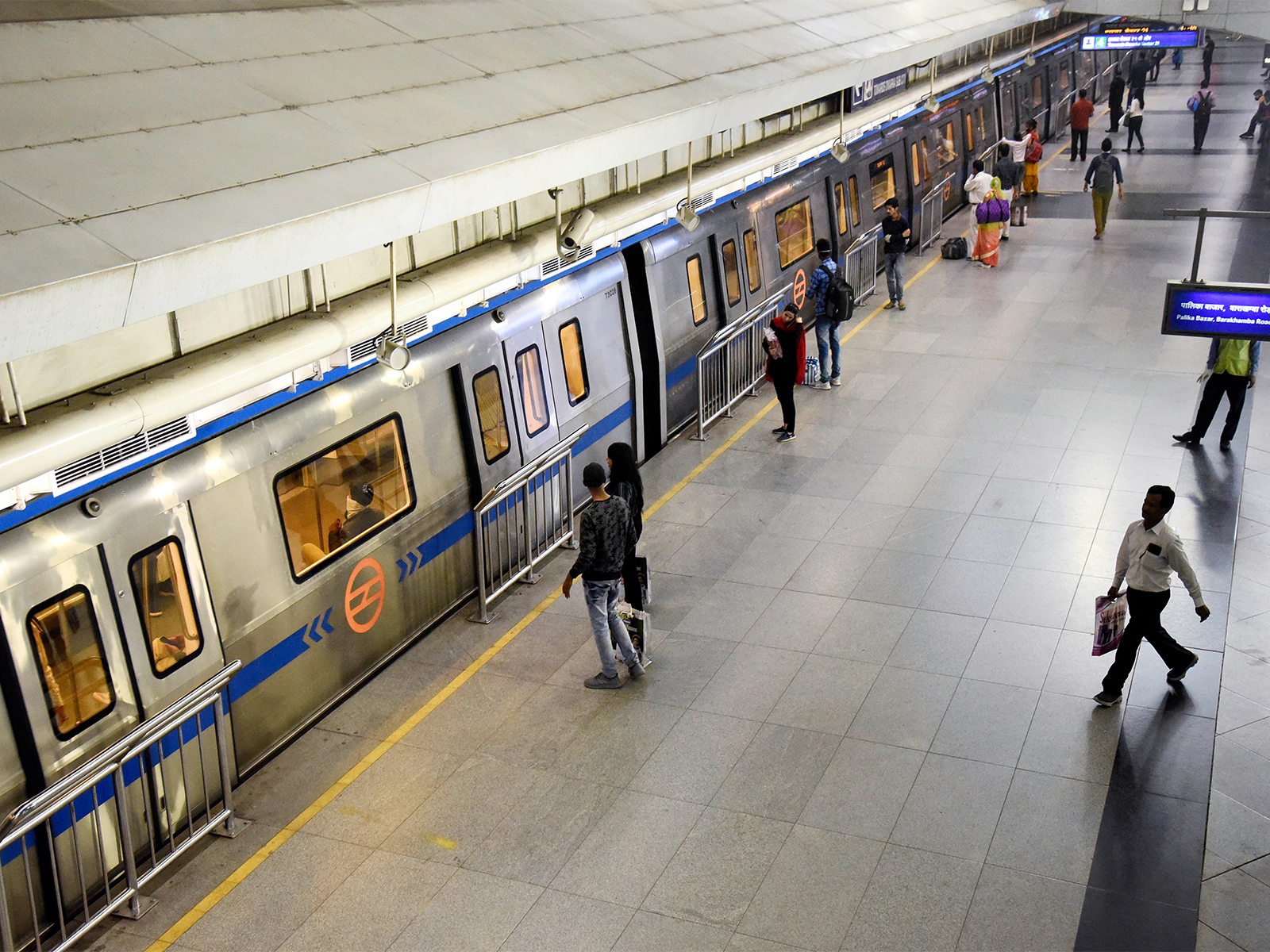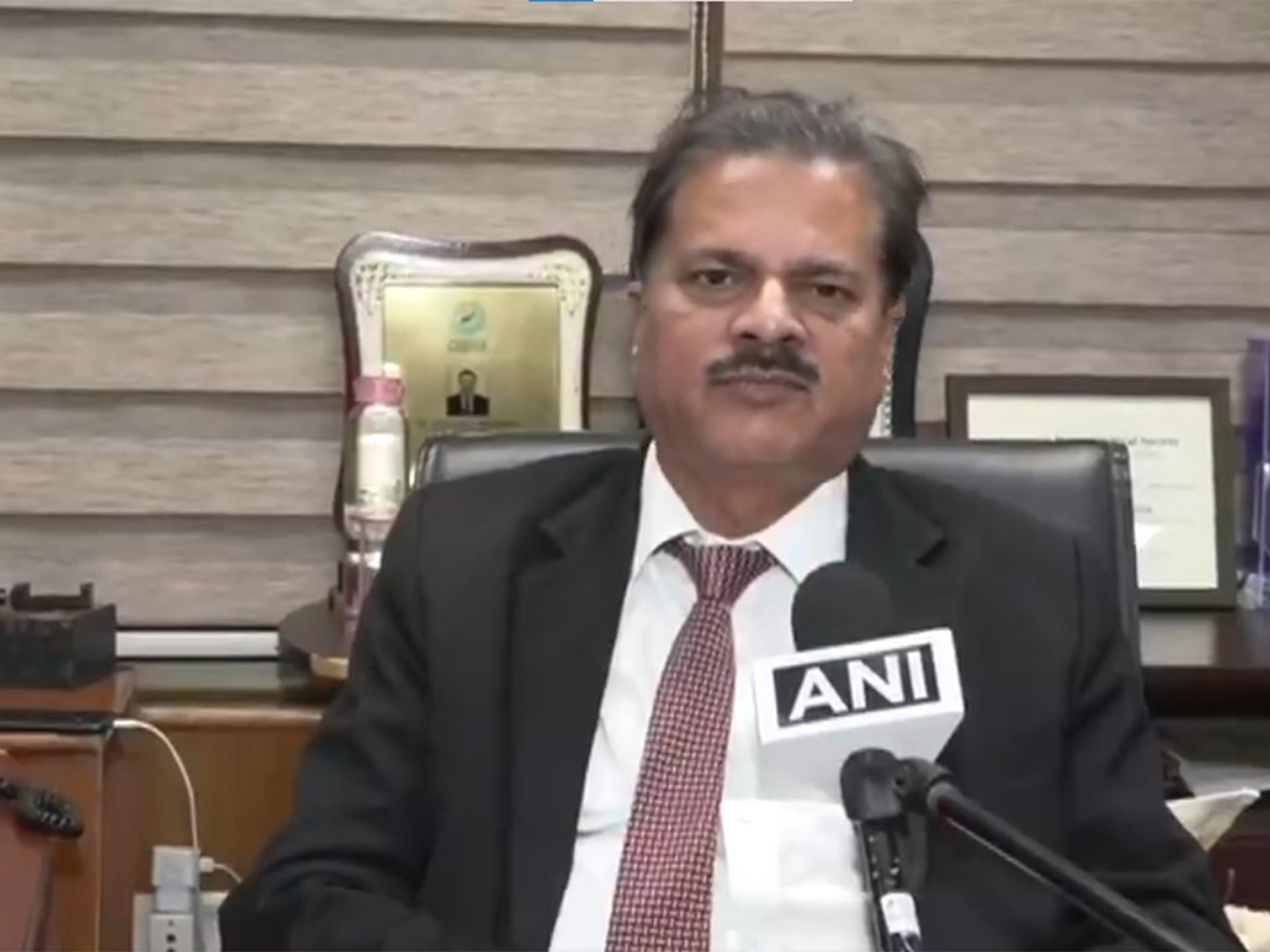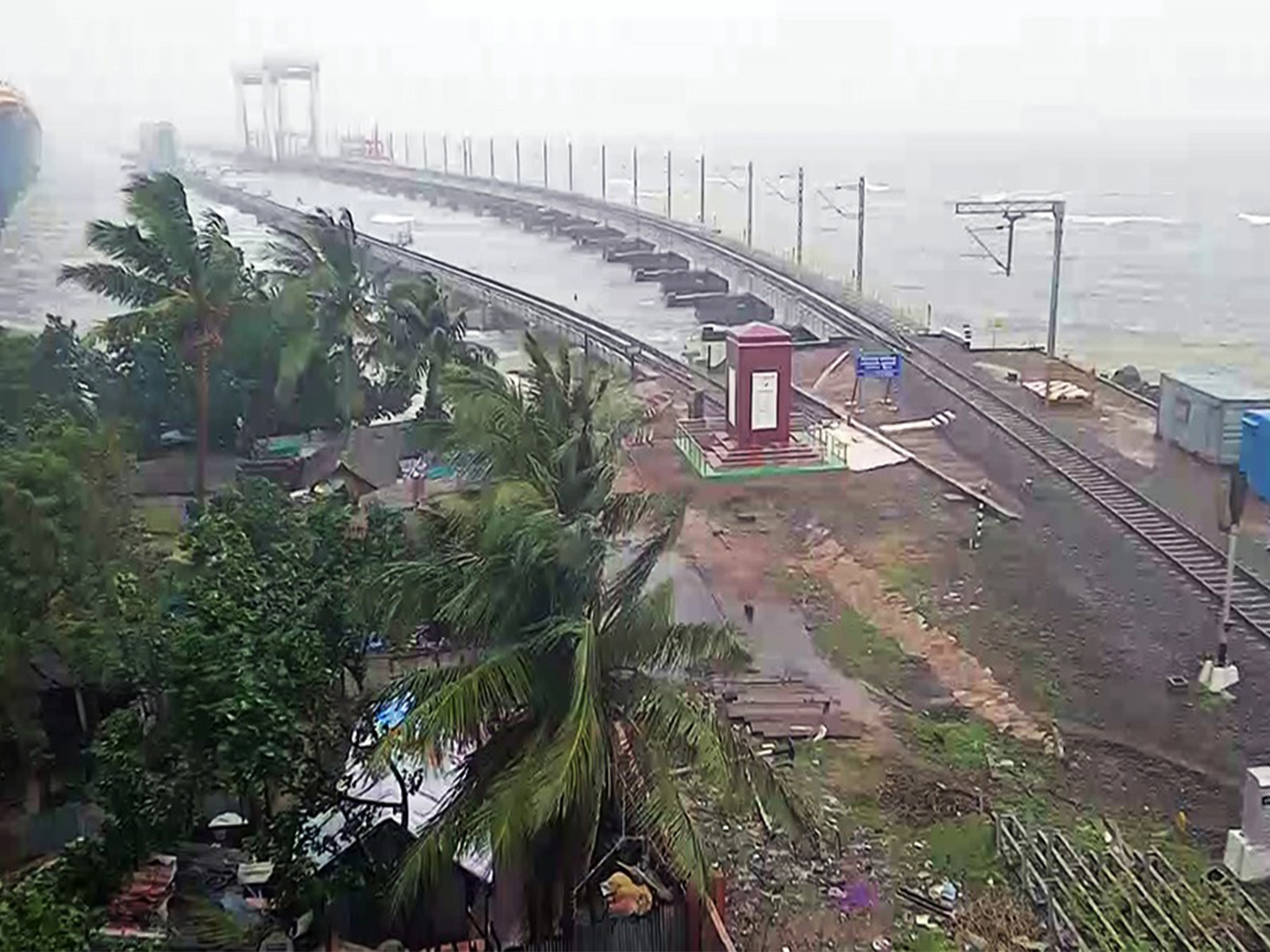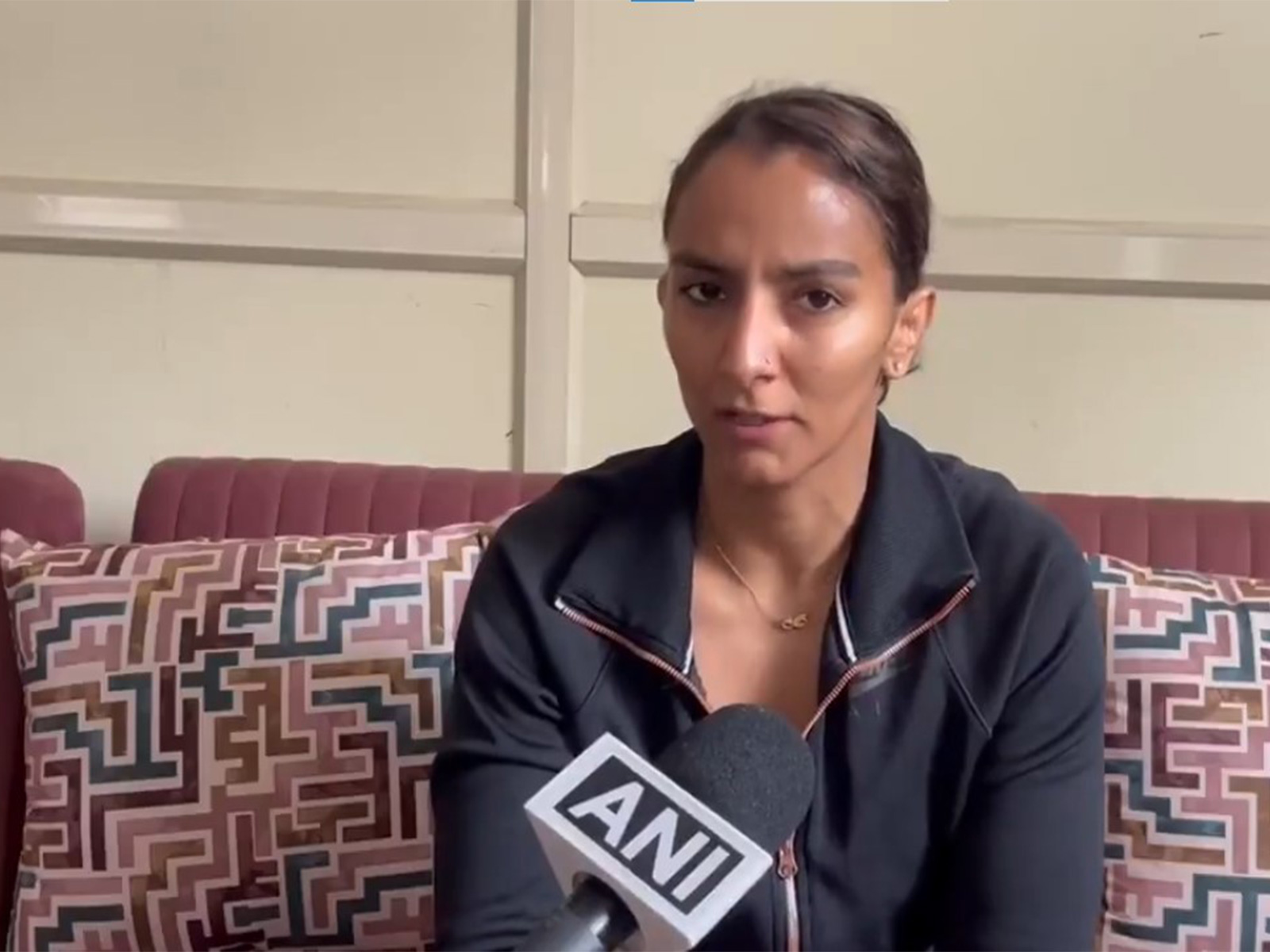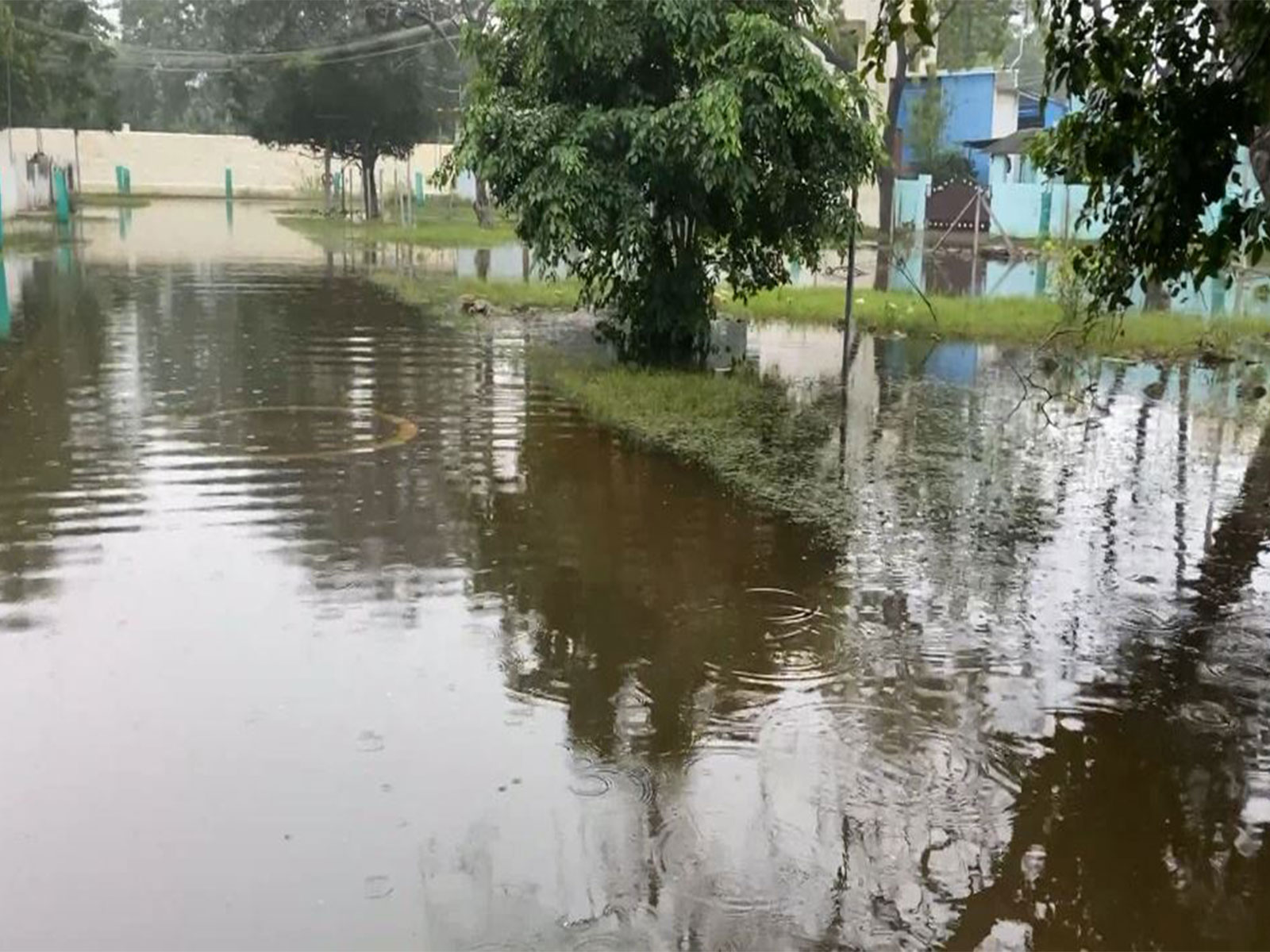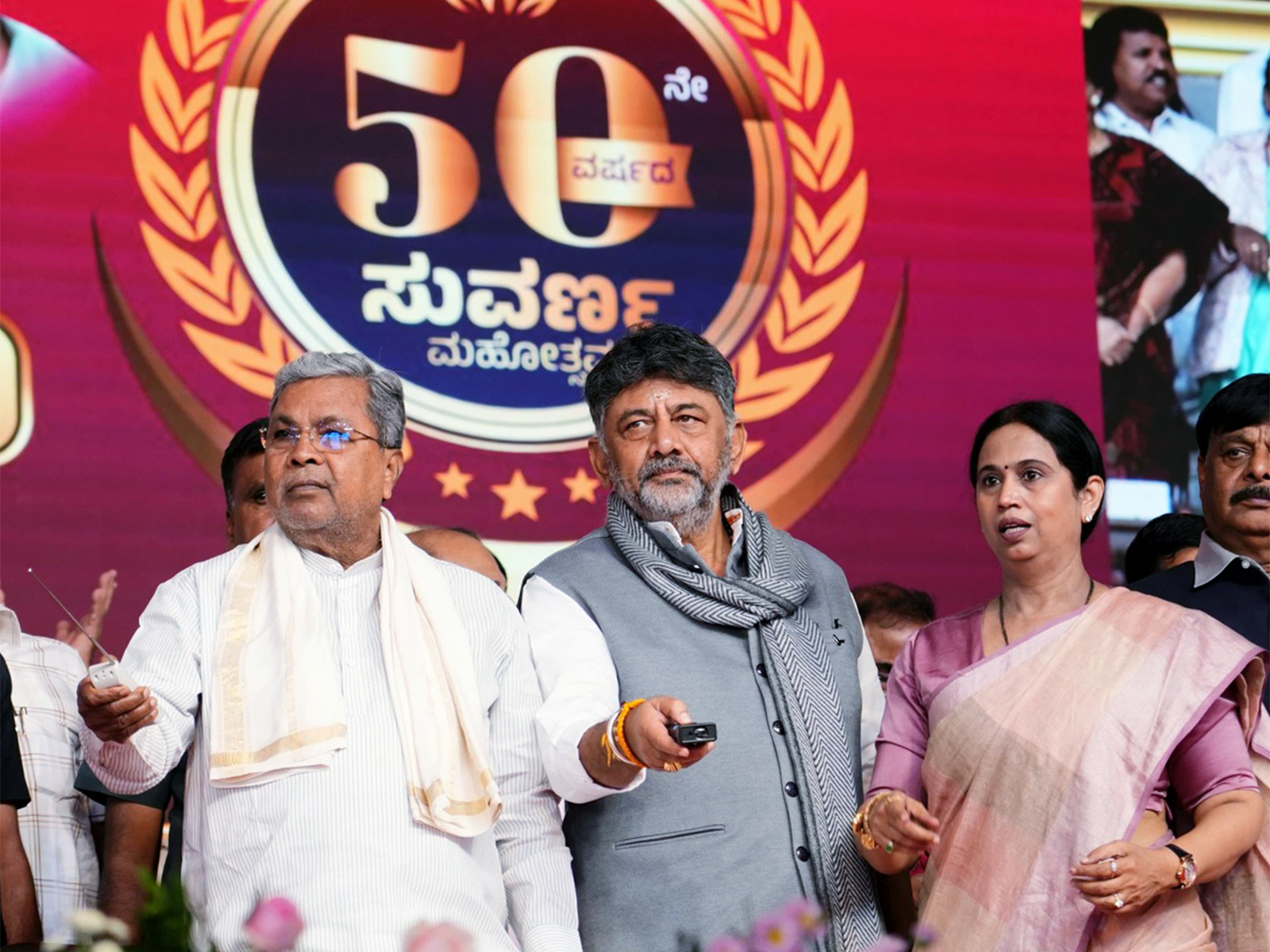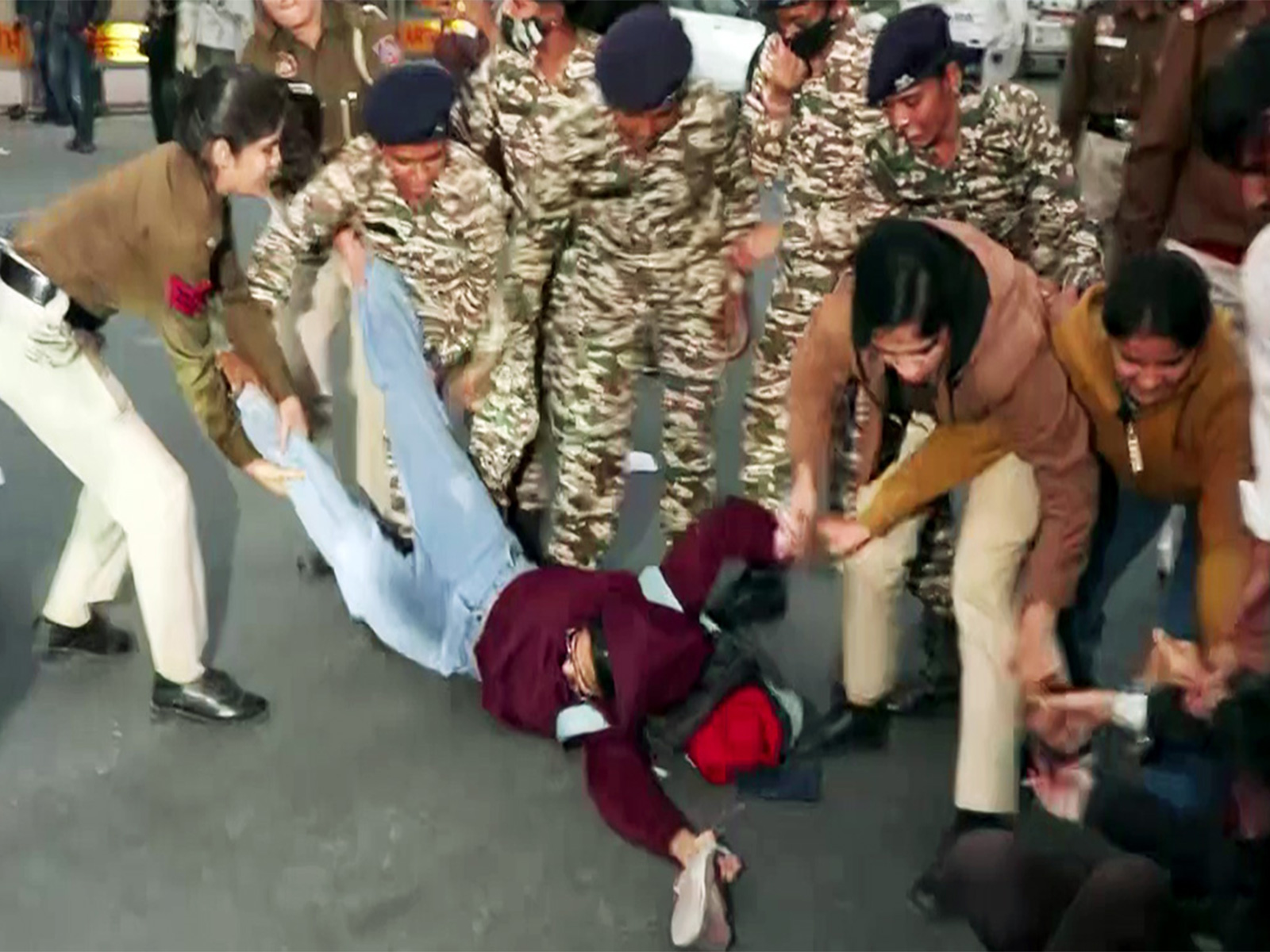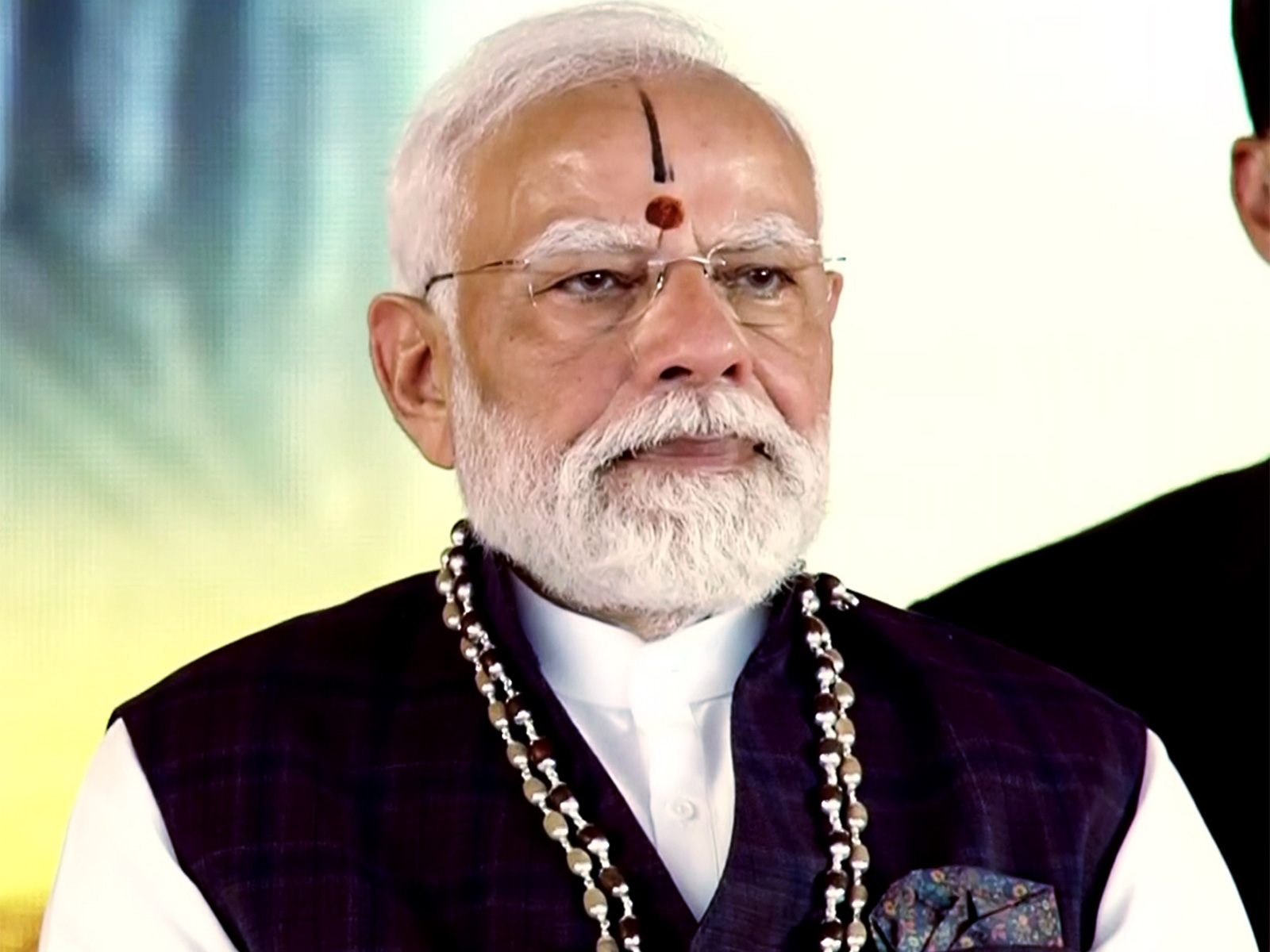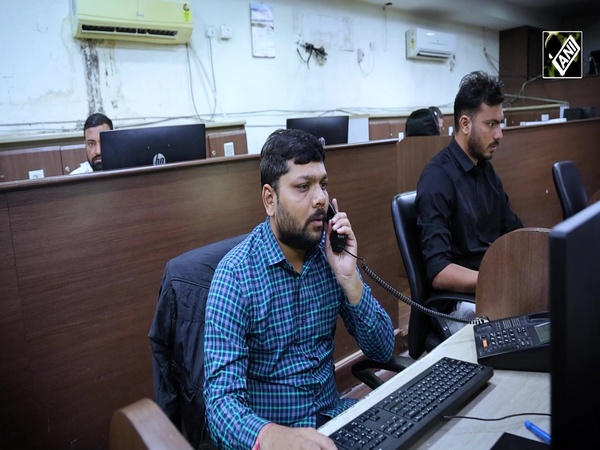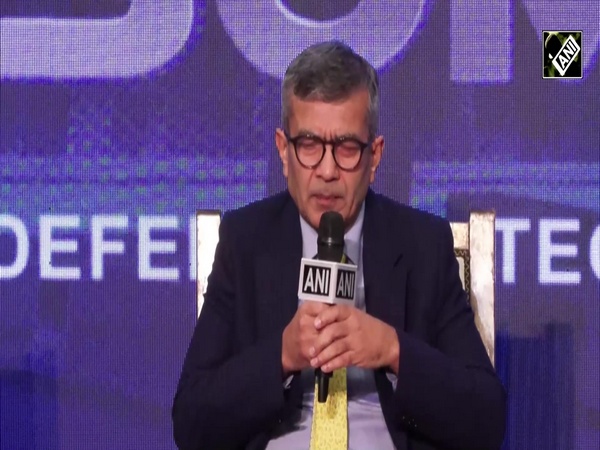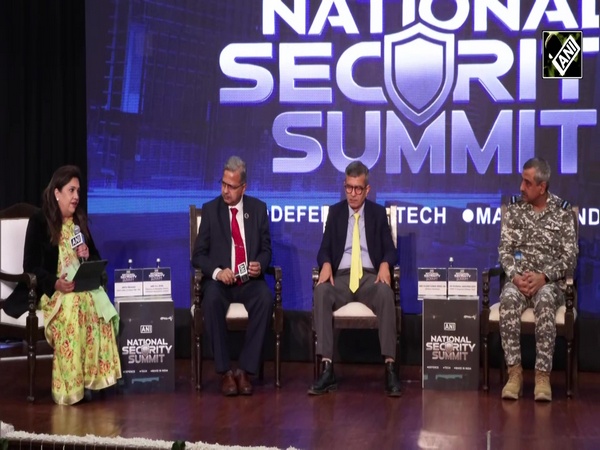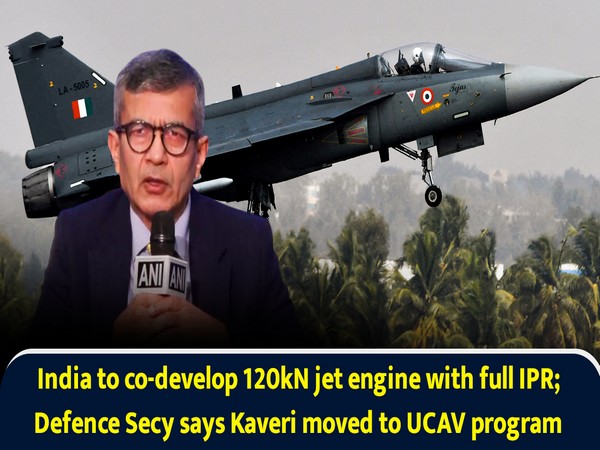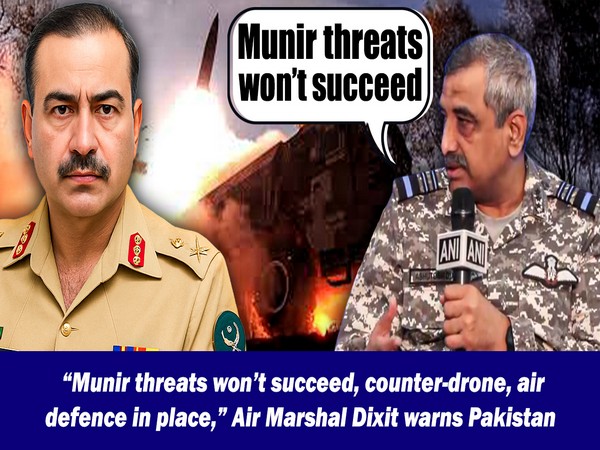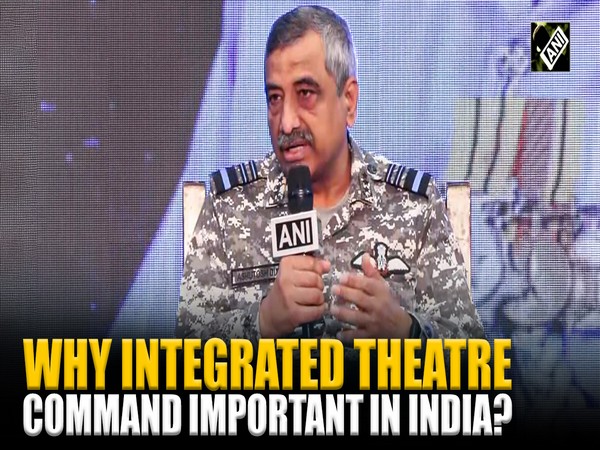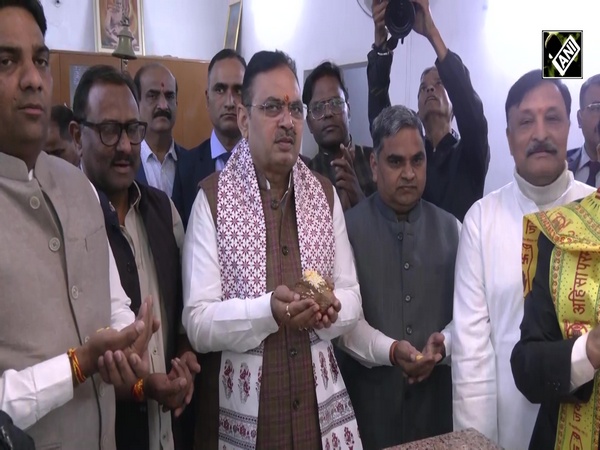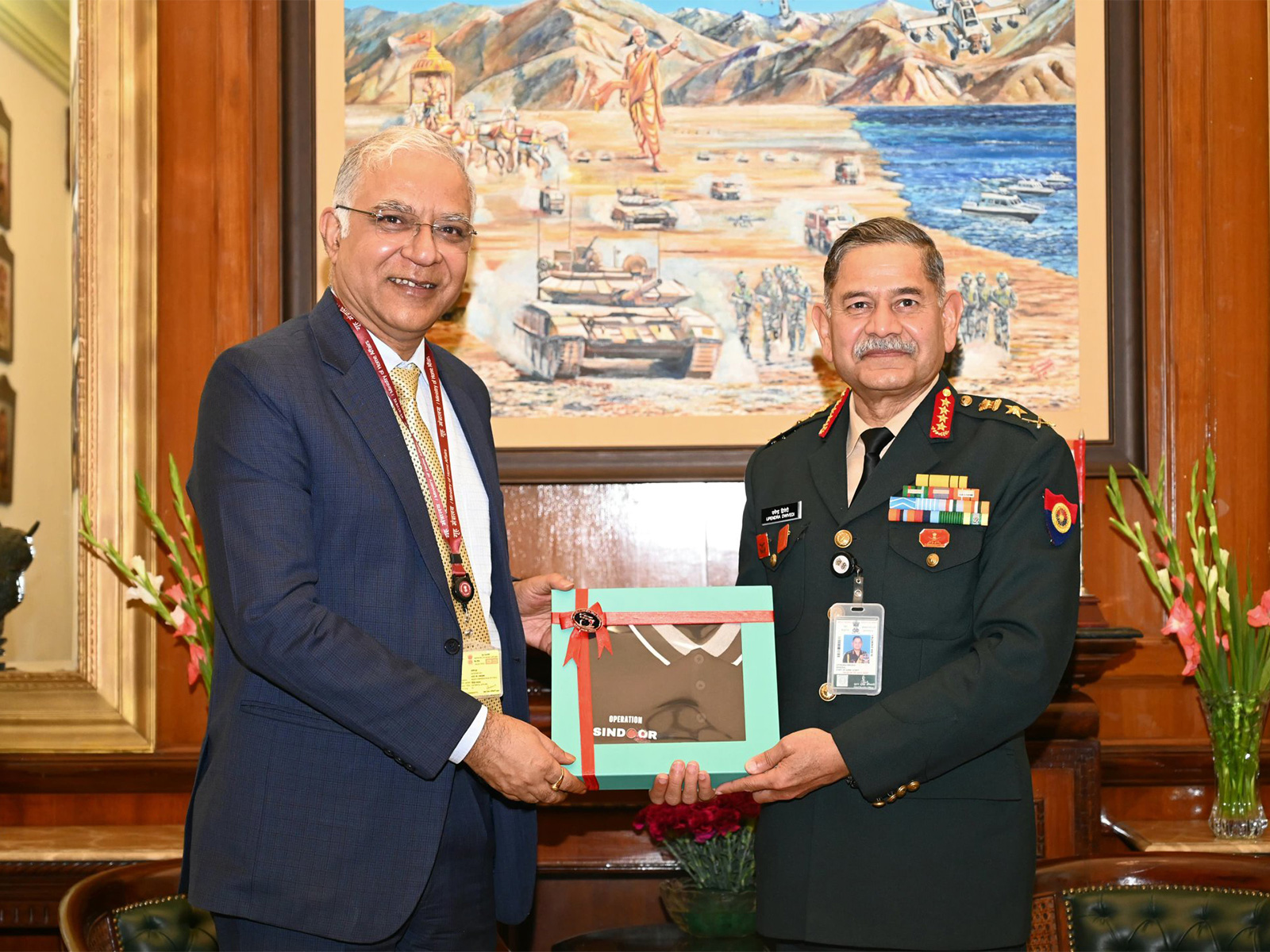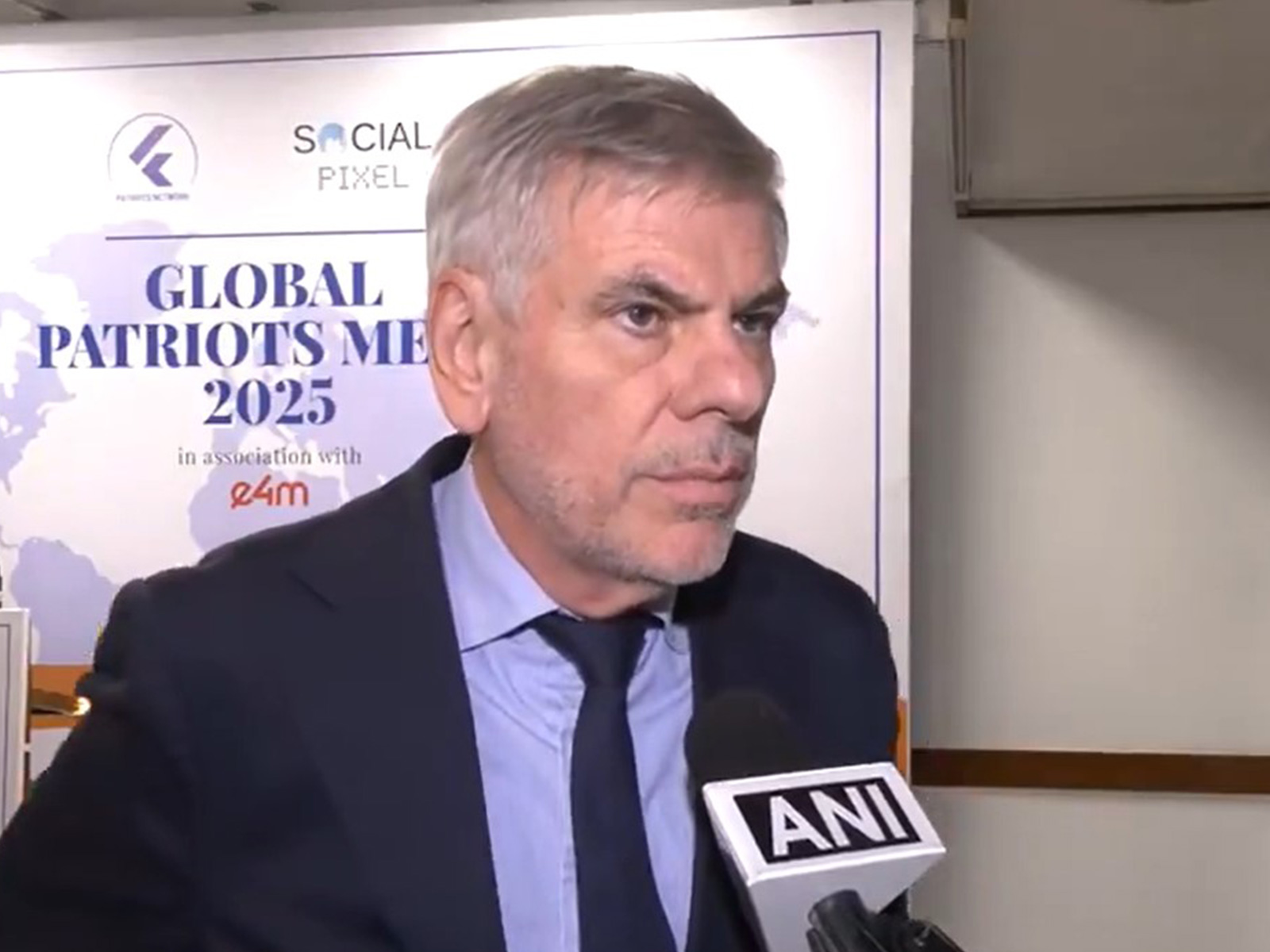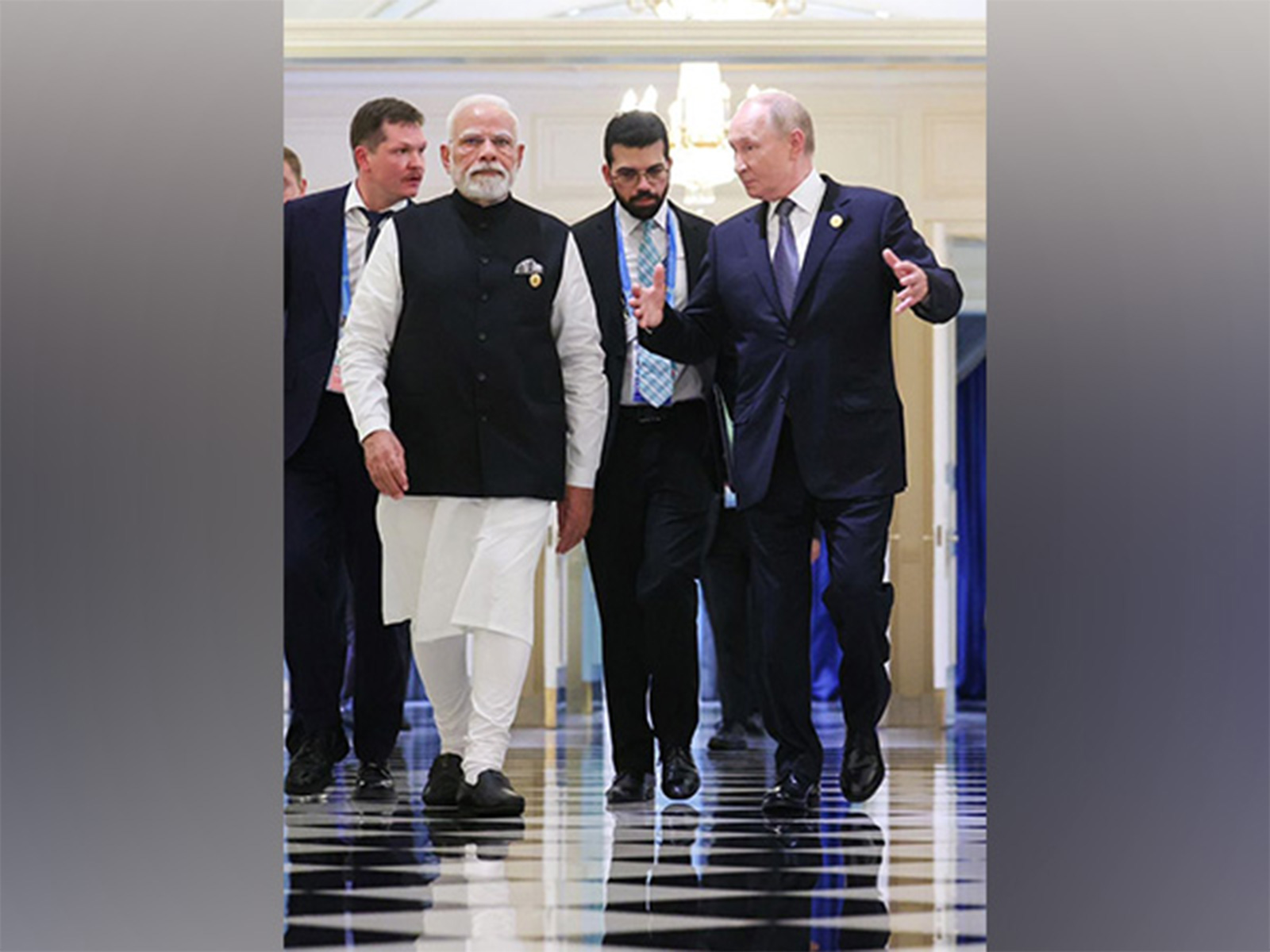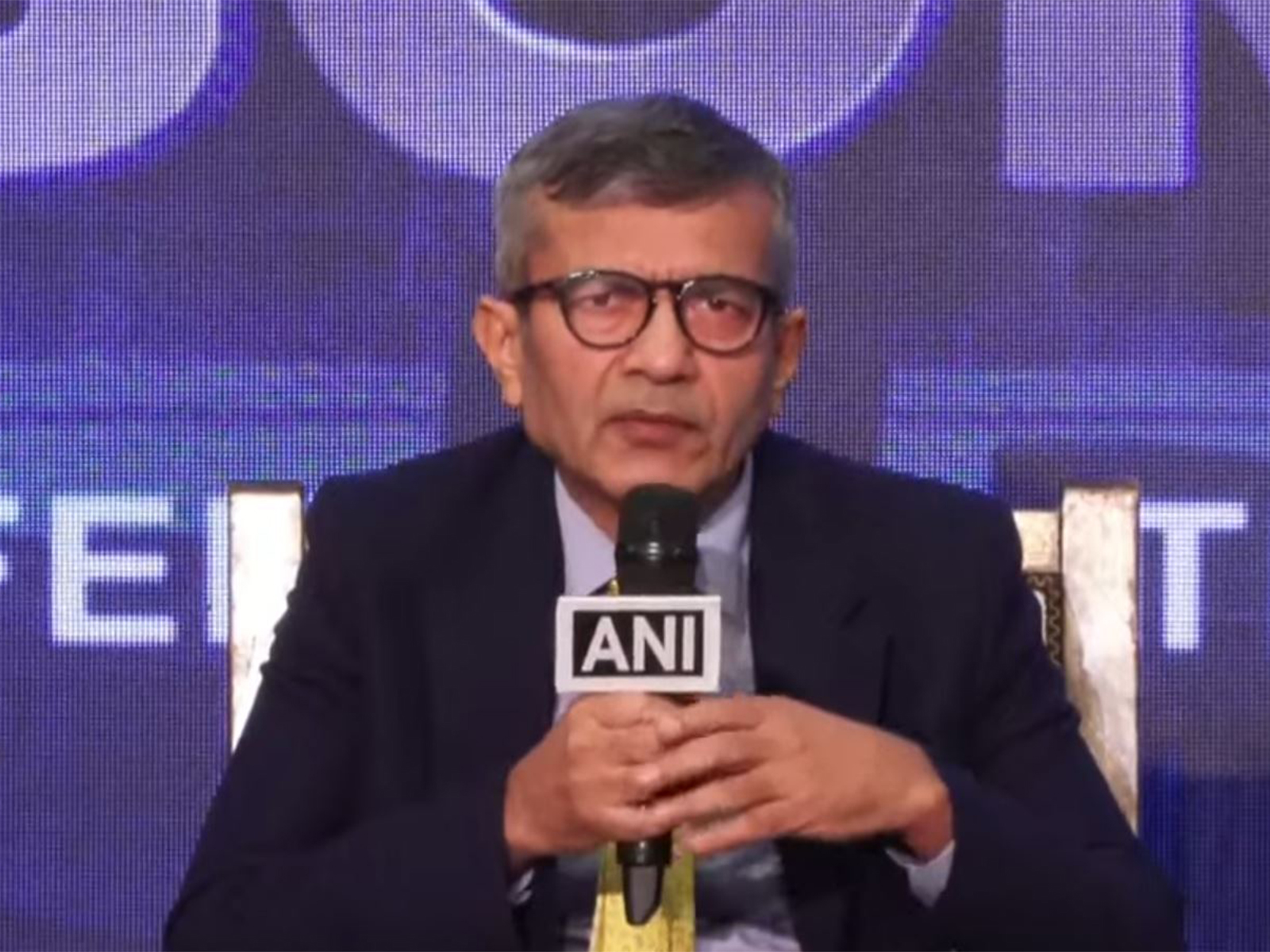
"Work has started on adding value to multi-layered air defence system": Defence Secretary on 'Mission Sudarshan Chakra'
Nov 28, 2025
New Delhi [India], November 29 : Defence Secretary Rajesh Kumar Singh on Friday referred to the 'Mission Sudarshan Chakra' announced by Prime Minister Narendra Modi in his Independence Day speech this year and said "work has started on adding value to the multi-layered air defence system more modern technologies".
Speaking at ANI's National Security Summit, he said Mission Sudarshan Chakra will be a priority to ensure that all critical infrastructure, population centres are fully protected in a reasonably time-bound manner.
"The Prime Minister already has announced on Independence Day what he calls the Sudarshan Chakra Mission, and that is meant to combine both air defence with offensive capabilities. Work has started on adding value to the multi-layered air defence system that we already have with more modern technologies," he said
Asked about Pakistan Army Chief Asim Munir's threat to target Jamnagar refinery in a future military conflict and if big installations should contribute with own systems for protection against some threats, Air Marshal Ashutosh Dixit, Chief of Integrated Defence Staff, said armed forces are responsible for "something which is coming from across the border".
"In air defence, there is already a MHA directive. For small drones which are originating within the country -- small systems -- if you have a stadium or an airport, the drones come in more to create nuisance and maybe later on some damage. So for that, they will have to install their own. But something which is coming from across the border... for that, we are responsible. And we, the Armed Forces, are responsible," Air Marshal Dikshit said.
He said the forces are building counter-UAS grids and integrated air defence systems. "We are creating counter-UAS grids and integrated air defence systems so that we will fully handle it, and work is happening in that regard."
He noted that small and cheap drones will play a role in future warfare, mainly to cause confusion. "These small systems, low-cost systems, will create confusion, will create decision dilemma, nuisance value -- all that. But they will not be able to decide the course of war. That is what we feel at this stage. If some new technology comes up after five years, then we will change our opinion. But today this is our opinion."
"But they are required to create multiple confusion in the enemy's mind and in his cognition. So I think people will have to install anti-drone systems which are against drones that create nuisance. Actually, people are doing it..."
Asked whether private sector companies are working on anti-drone solutions, L&T Senior Vice President and Head, Precision Engineering and System, Arun T Ramchandani, said firms are watching global trends.
"We have been tracking what's happening around the world. And clearly, air defence is something that we are invested into. We, for example, make close-in weapon systems for the Air Force, which is a last level of defence against low-flying aircraft or missiles or drones, for that matter. And we are investing in a lot of counter-drone technology," he said.
"Counter-drone technology varies from the very simple -- just jamming and spoofing -- to more advanced hard-kill mechanisms, and we are looking at it. Now, if you are asking if we are also investing into it to protect our infrastructure... maybe not yet. But I suppose we are alive to all these threats and we will have to do what is necessary. How that mechanism works -- whether it is through a government-run shield or something we have to invest into -- I suppose these doctrines will evolve and we will respond to it," he added.
Defence Secretary Rajesh Kumar Singh, who also spoke on the issue, said Mission Sudarshan Chakra will take time and will rely on a mix of Make in India projects, imports and IDDM programmes.
"That will take some time and it will involve a mix of Make in India programmes, imports, as well as entirely IDDM type of programmes. Whether the private sector can be roped in to provide resources in certain critical areas like Jamnagar -- that's something we have really not thought about....this is really the sovereign responsibility of the government, and we should take that responsibility ourselves," he said.
"I think we have a committee under the Chairman DRDO and under the chairmanship of Air Marshal Dikshit to look at preparing some kind of a DPR, or at least a feasibility report, of what we can do when it comes to this mission that the Honourable Prime Minister has already announced...Obviously, that's going to be a priority for us in the future, and we will ensure that it is fully funded from the CapEx point of view, to ensure that India as a whole, all critical infrastructure, population centres, etc, are fully protected in a reasonably time-bound manner," he added.
Prime Minister Narendra Modi had announced "Mission Sudarshan Chakra" during his Indpendence Day speech this year which is aimed at neutralising enemy defence infiltrations and enhancing India's offensive capabilities.
Mission Sudarshan Chakra is a futuristic defence programme and its goals are threefold - to ensure the entire system is researched, developed, and manufactured in India; to anticipate future warfare scenarios through predictive technologies; and to create precise, targeted systems for counter-action. By 2035, the aim is to provide a comprehensive national security shield for both strategic and civilian assets.

